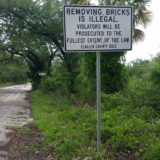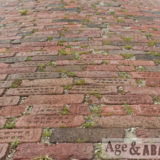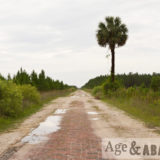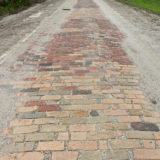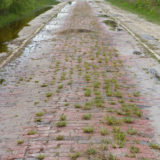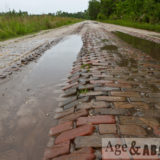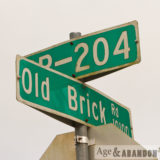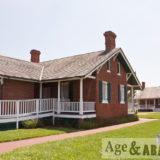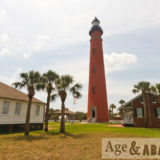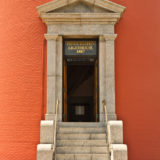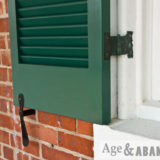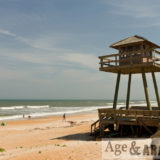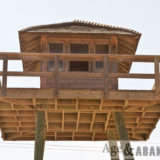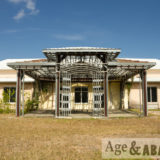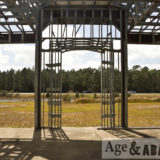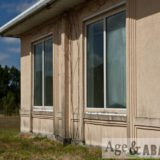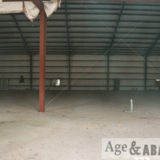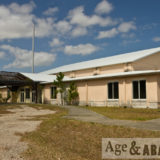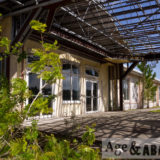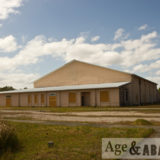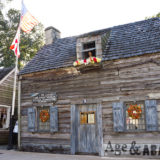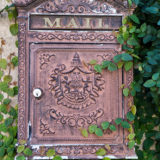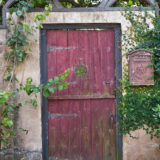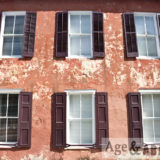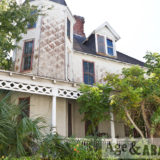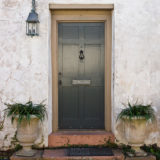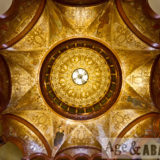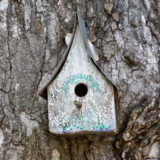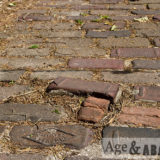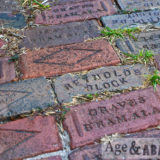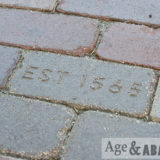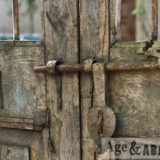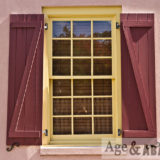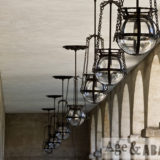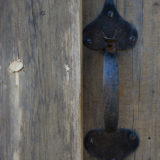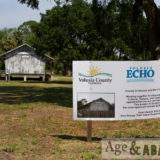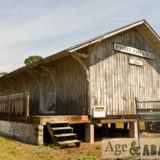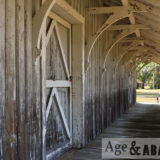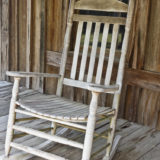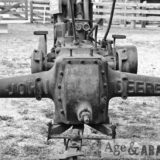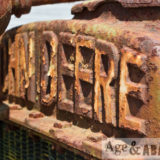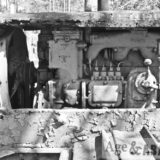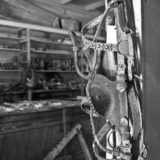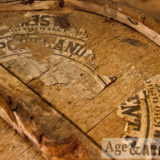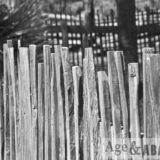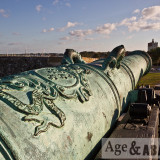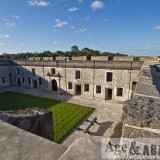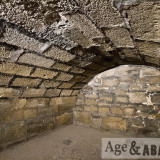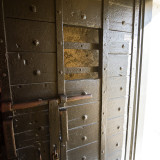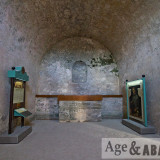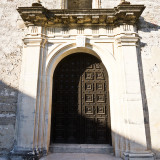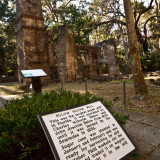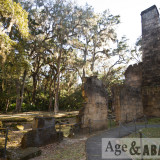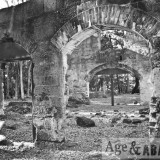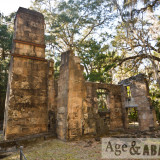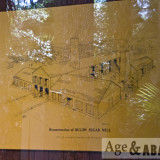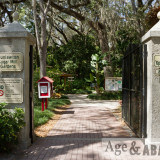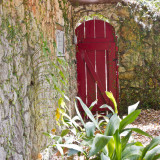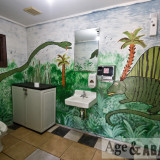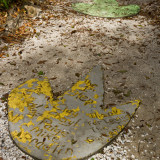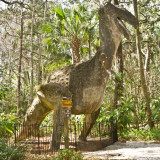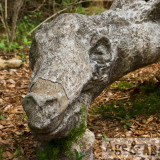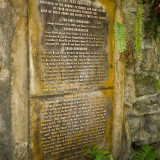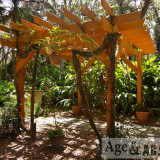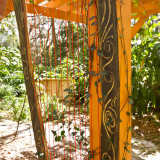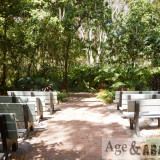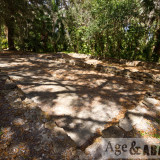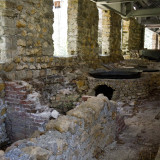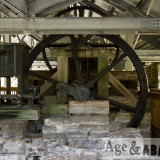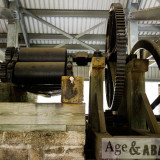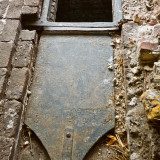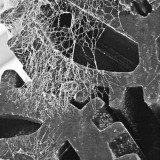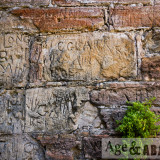These photos are of a ~10-mile section of the Old Dixie Highway (also known as “Old Brick Road”) that remains single-lane and lined by brick and starts in Espanola, FL (a small town northwest of Bunnell) and continues north to CR-204. The road is about 9 feet wide and flanked on either side by a concrete curb. There are wide shoulders on either side that also appear to be made of concrete. The lands on either side of the road are tree farms, and you will see various gated logging roads on either side.
These photos were taken May 2018, after several rain storms. Sections of the road were mostly covered by sand. I was able to traverse it in a 2-wheel-drive Ford Fusion, just as long as you are careful about the potholes and sandy areas. You cannot really travel faster than 10 mph, so expect it to take 1 hour to traverse the entire route.
More information about the road can be found at the Florida Backroads Travel website, and is summarized here:
This red brick is the original pavement of the Dixie Highway. Construction began in 1915 on the highway. Many of the bricks were manufactured by the Graves Company of Birmingham, Alabama.
The Dixie Highway was a system that connected Chicago to Miami. You can see vestiges of this system all over the eastern part of Florida in the name “Old Dixie Highway”.
This segment was part of a road designed to connect Jacksonville with the area around Flagler Beach east of Bunnell. Most of Old Dixie Highway was torn out and paved over with asphalt in the 1920s and 1930s. The old brick road that ran from Bunnell to Flagler Beach was torn out and repaved and became State Road 100. A lot of bricks from the old road were given to local settlers who used them for their own paving projects, fireplaces or patios.
Espanola’s heyday was a long time ago. When the highway was new, the little town boasted of a hotel, restaurant, barber shop and post office. When what is now U.S. Highway 1 was completed from St. Augustine to Bunnell in 1926, people stopped using the Old Brick Road and Espanola faded away to its present condition of a few old homes and small farms.
Southern entrance: 29.517923, -81.312343
Northern entrance: 29.651671, -81.379915

